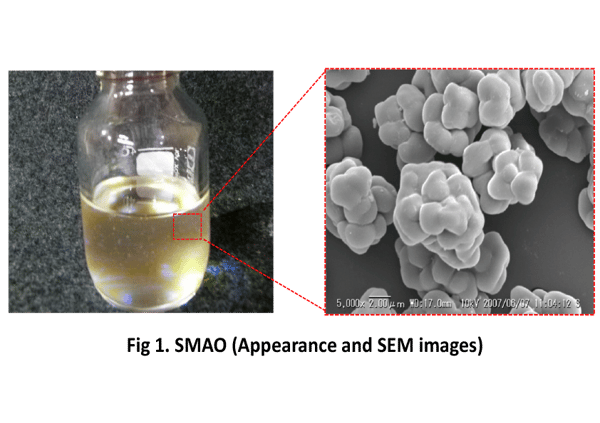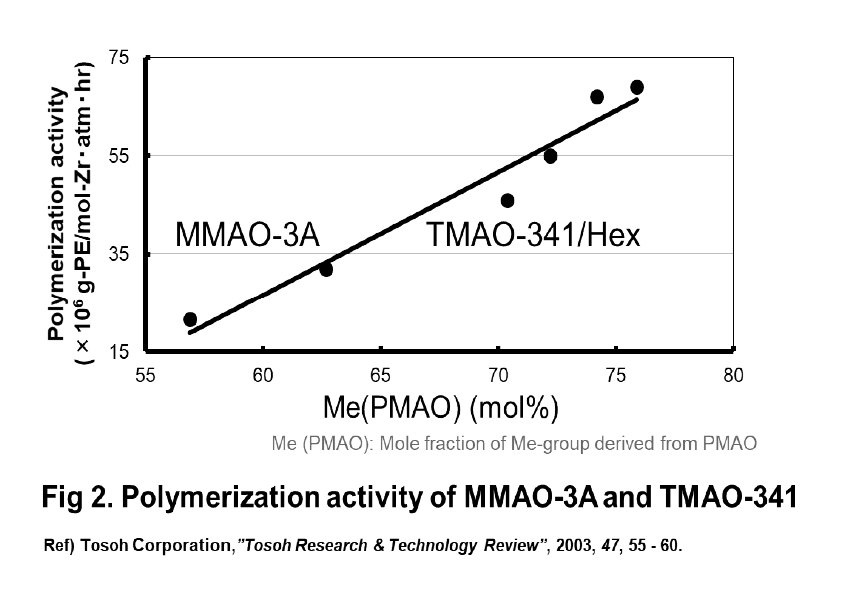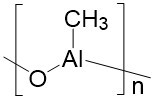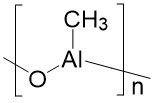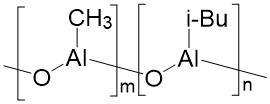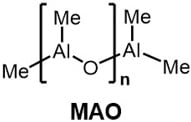 MAO is obtained by partial hydrolysis of trimethylaluminum (TMAL/TMA) and consists of three types of product groups—PMAO, SMAO, and MMAO—each with a different manufacturing process and performance characteristics.
MAO is obtained by partial hydrolysis of trimethylaluminum (TMAL/TMA) and consists of three types of product groups—PMAO, SMAO, and MMAO—each with a different manufacturing process and performance characteristics.
PMAO is a standard catalyst synthesized exclusively from TMAL/TMA. Soluble in aromatic hydrocarbon solvents such as toluene and xylene, PMAO is used in solution polymerization or as a supported catalyst on metal oxides such as silica and alumina. Its key application is in the vapor phase polymerization of LLDPE utilizing metallocene catalysts.
SMAO is a solid catalytic MAO developed using our proprietary technology. Higher activity can be expected compared to silica-supported MAO. It is stable at room temperature and has the same polymerization activity as at the time of manufacture even after having been stored for three months at 50°C.
(In-house test values)
It is mainly used in the slurry polymerization of metallocene-HDPE.
Patent No. 5611833, "Solid polymethylaluminoxane composition and manufacturing method thereof”
Patent No. 6159049, "Solid MAO composition containing AI2O3 and manufacturing method thereof”

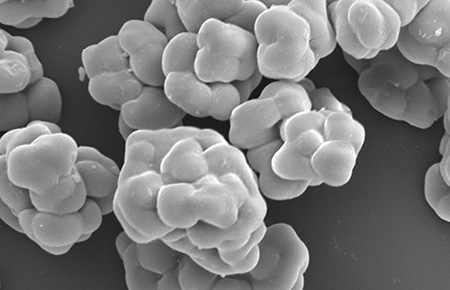
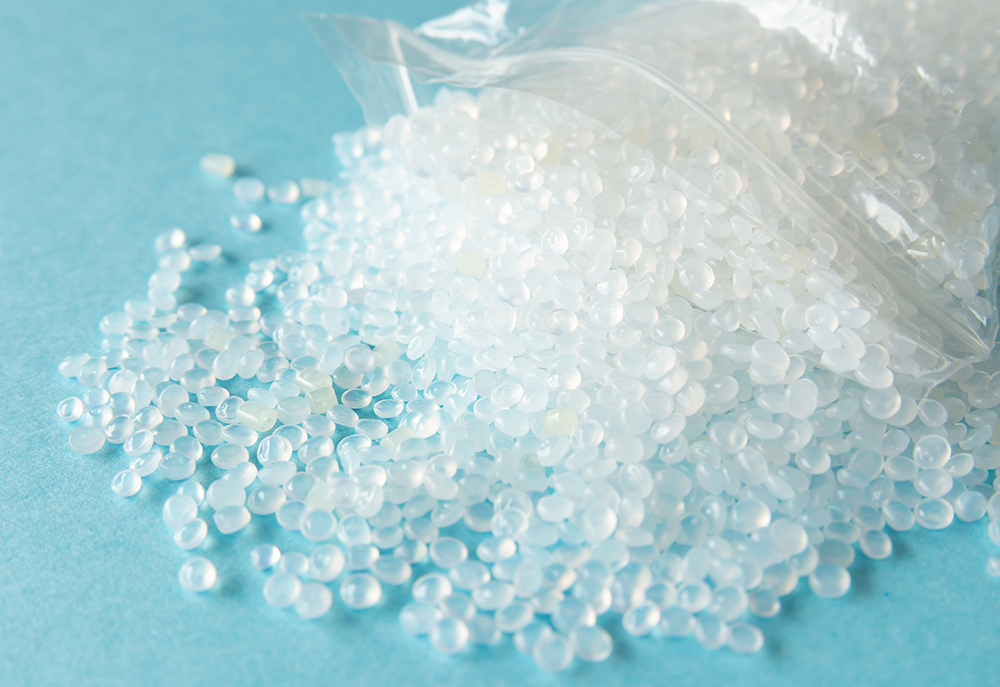
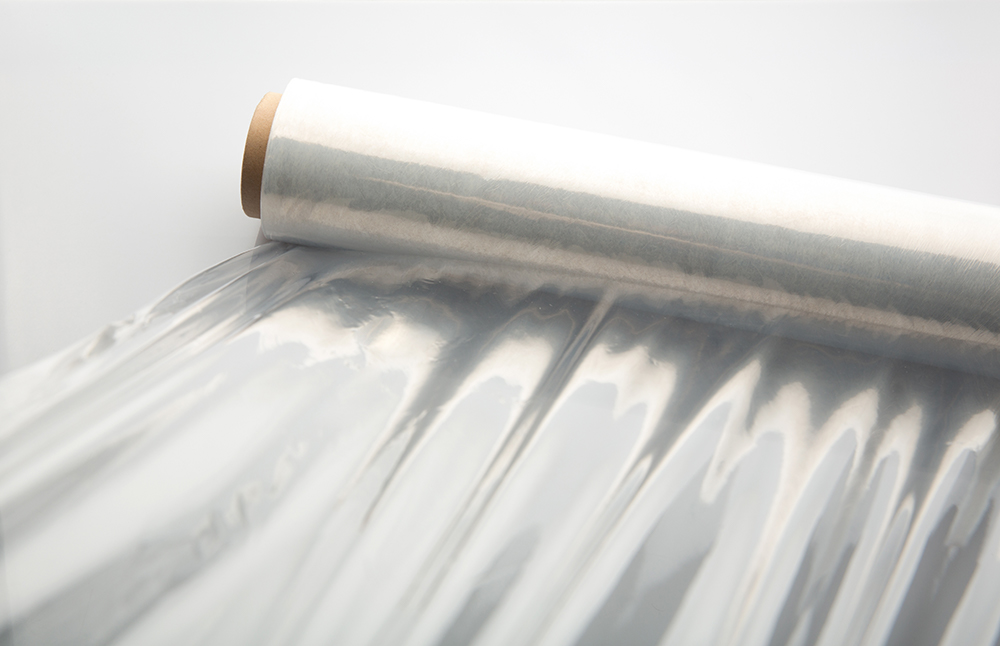
 MAO is obtained by partial hydrolysis of trimethylaluminum (TMAL/TMA) and consists of three types of product groups—PMAO, SMAO, and MMAO—each with a different manufacturing process and performance characteristics.
MAO is obtained by partial hydrolysis of trimethylaluminum (TMAL/TMA) and consists of three types of product groups—PMAO, SMAO, and MMAO—each with a different manufacturing process and performance characteristics.